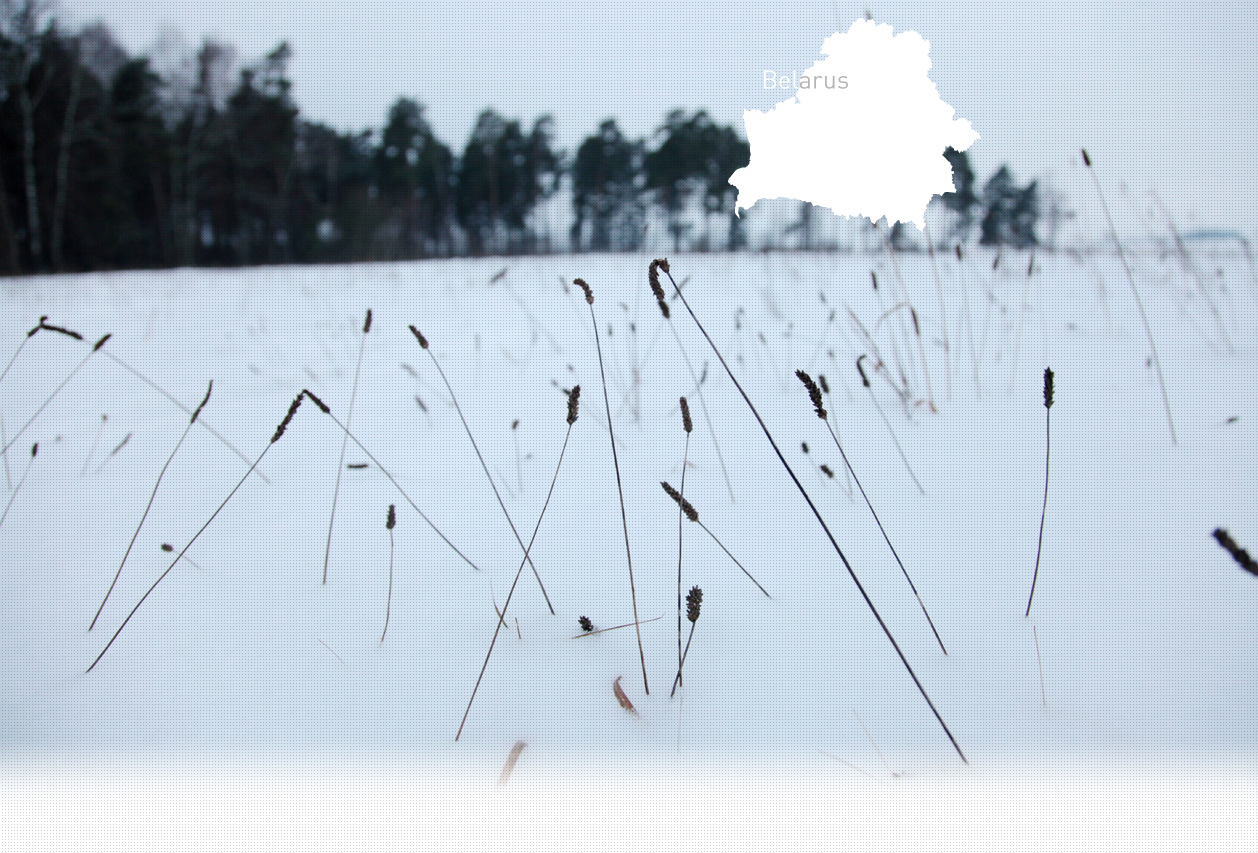

1 Killing site(s)
Konstantin M.: "You should know that the ‘Gebietskommissar’ and the leader of the ‘Judenrat’ here knew each other from Germany. They had studied at the same university and had become friends. This is why the ‘Gebietskommissar’ acted more or less “loyally” towards the Jews. Just before the order came in that the Jews had to gather in the ghetto, he left. He was not present [at the moment where the Jews had to move into the ghetto]. When he returned, all the Jews were already in the ghetto. And just before the shooting, he had gone again. He wasn’t there." (Witness N°195, interviewed in Stolin, on August 10, 2009)
"The Germans and policemen ordered the Jews to undress and lie in the grave, face down. After the shooting, they told me to take the clothes, put them on my cart, and take them to town.” [Deposition of Yakov R., a Belarusian requisitioned to shoot Jews in Stolin, to the Soviet Extraordinary commisssion; RG-22.002M.7081-90/34]
“We came into the ghetto to round up a group of a hundred Jews. The policemen and the Germans took them to the airfield outside the city. Its construction was not completed. The airfield was located 2-3 km from Stolin. Large mass graves were dug directly behind it.” [Deposition of Petr S., a Belarusian policeman and a shooter during the liquidation of the ghetto in Stolin; B162-4967]
Before the war, the region of Stolin was part of Poland. About 5,000 Jews lived in Stolin in 1939. They were tailors, carpenters, shopkeepers, and clockmakers. There were several synagogues; one of them was wooden, another brick. The rabbis of Stolin (a Hasidic dynasty) were well known among the Jewish communities of Eastern Europe. There was also a cinema, a soda-water factory, and hotels. Stolin was occupied by the Germans from July 1941 to 1944.
In August 1941, many Jewish refugees – especially women and children - from the nearby town of David-Gorodok came to Stolin. A ghetto was created in May 1942, surrounded by a barbed-wire fence. About 7,000 Jews lived in this small and disease-ridden area, along the Bank River. The liquidation of the ghetto was conducted on September 11, 1942 by a German cavalry unit, the local police and the SD. The shooting took place near the airfield, in a large ditch. The belongings of the Jews were collected and then selected by local people under the supervision of the German authorities.
Do you have additional information regarding a village that you would like to share with Yahad ?
Please contact us at contact@yahadinunum.org
or by calling Yahad – In Unum at +33 (0) 1 53 20 13 17